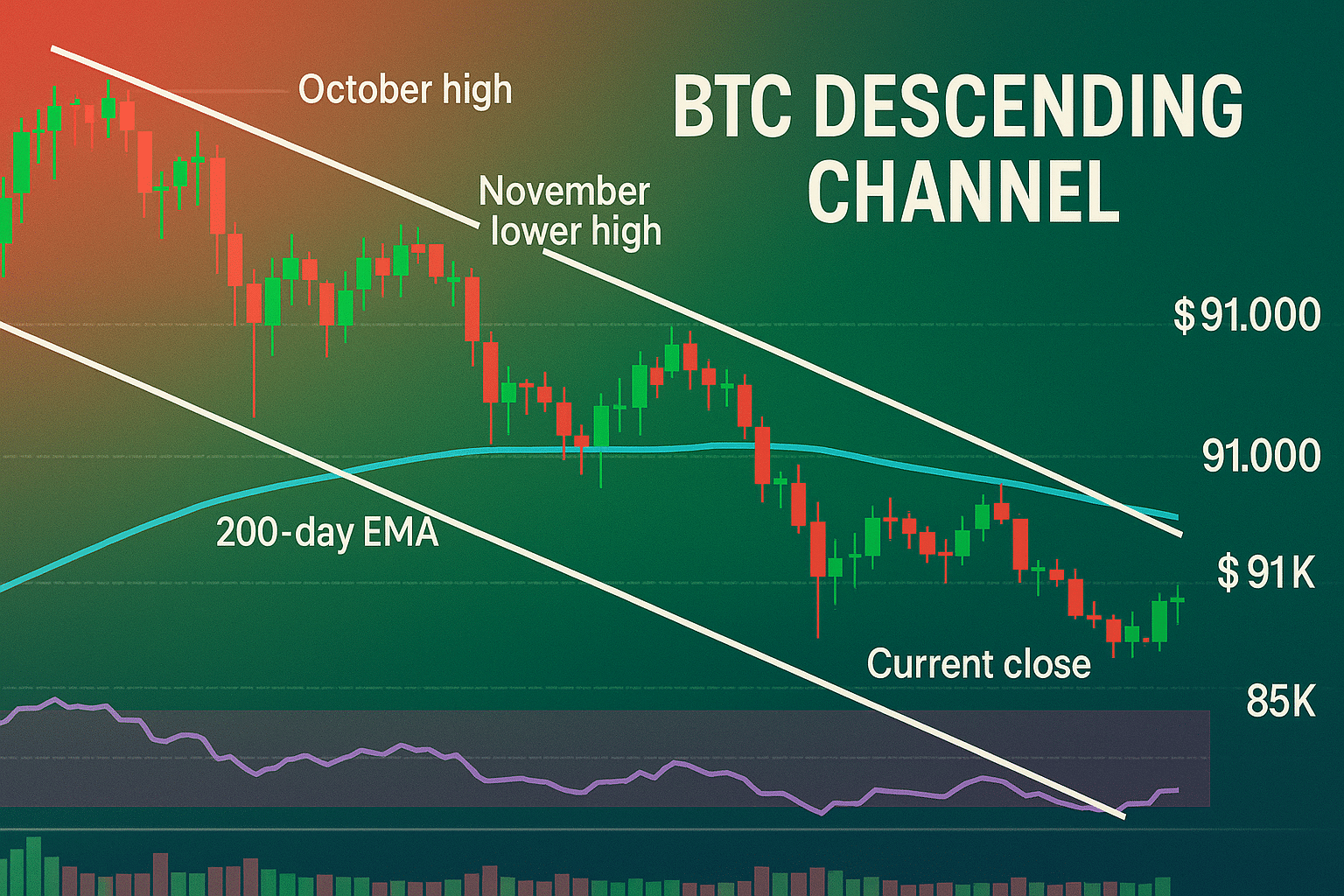Yield Farming and Liquidity Mining: Maximizing Returns in DeFi
Cryptocurrency has opened the door to a plethora of financial opportunities. Among the most exciting and innovative are yield farming and liquidity mining. These strategies allow crypto holders to earn passive income by participating in decentralized finance (DeFi) protocols. But what exactly are yield farming and liquidity mining, and how can you benefit from them? Let’s dive in!
What is Yield Farming?
Yield farming, also known as liquidity farming, involves lending or staking your cryptocurrency assets in DeFi protocols to earn rewards. These rewards often come in the form of additional cryptocurrency tokens. The more you stake, the higher your potential returns. Learn more on Yield Farming.
How Yield Farming Works
- Deposit Funds: You deposit your cryptocurrency into a DeFi protocol.
- Earn Rewards: The protocol uses your funds to provide liquidity or facilitate loans. In return, you earn rewards.
- Compound Interest: Many protocols allow you to reinvest your earnings to earn compound interest, maximizing your returns over time.
What is Liquidity Mining?
Liquidity Mining is a specific type of yield farming where you provide liquidity to a decentralized exchange (DEX) or a lending platform. In return, you receive rewards, often in the form of the platform’s native tokens. Read more about Liquidity Mining.
How Liquidity Mining Works
- Provide Liquidity: You add your cryptocurrency to a liquidity pool on a DEX.
- Earn Rewards: You receive a share of the transaction fees generated by the pool and additional token rewards.
- Stake Rewards: Some platforms allow you to stake these tokens to earn even more rewards.

Benefits of Yield Farming and Liquidity Mining
- Passive Income: Earn rewards without actively trading.
- High Returns: Potentially higher returns compared to traditional savings accounts or investments.
- Diversification: Spread your investments across different DeFi platforms to mitigate risk.
- Compounding: Many platforms offer the ability to reinvest earnings for compound interest.
Risks of Yield Farming and Liquidity Mining
- Volatility: Cryptocurrency prices can be highly volatile, affecting your returns.
- Smart Contract Risks: Bugs or vulnerabilities in smart contracts can lead to loss of funds.
- Impermanent Loss: Providing liquidity to volatile pairs can result in impermanent loss, where the value of your assets in the pool decreases compared to holding them.
- Regulatory Risks: DeFi operates in a largely unregulated space, which can pose legal challenges.
Popular Yield Farming and Liquidity Mining Platforms
- Uniswap: A leading DEX where you can provide liquidity and earn rewards.
- SushiSwap: Offers additional incentives for liquidity providers through its native token, SUSHI.
- Compound: A decentralized lending platform where you can earn interest by supplying assets.
- Aave: Another popular lending protocol that offers rewards for providing liquidity.
Getting Started with Yield Farming and Liquidity Mining
- Choose a Platform: Research and select a reputable DeFi platform that offers yield farming or liquidity mining.
- Set Up a Wallet: Use a compatible cryptocurrency wallet like MetaMask, Trust Wallet or Ledger.
- Deposit Funds: Transfer your cryptocurrency to the chosen platform.
- Start Earning: Follow the platform’s instructions to stake or provide liquidity and start earning rewards.
Conclusion
Yield farming and liquidity mining represent exciting opportunities in the DeFi space to earn passive income with your crypto assets. By providing liquidity and participating in decentralized finance protocols, you can maximize your returns. However, it’s crucial to understand the risks involved and conduct thorough research before diving in.
For more insights on DeFi and cryptocurrency, check out these blockchain basics and crypto investing tips.
FAQs
What is yield farming?
Yield farming involves lending or staking your cryptocurrency in DeFi protocols to earn rewards.
How does liquidity mining work?
Liquidity mining involves providing liquidity to a DEX or lending platform and earning rewards in return.
What are the risks of yield farming?
Risks include cryptocurrency volatility, smart contract vulnerabilities, impermanent loss, and regulatory risks.
Which platforms are good for yield farming?
Popular platforms include Uniswap, SushiSwap, Compound, and Aave.
For more tips and insights on navigating the world of crypto investment strategies and cryptocurrencies, be sure to read other informative blogs at Freecoins24.io and follow us on Twitter and Telegram for the latest crypto updates.
















